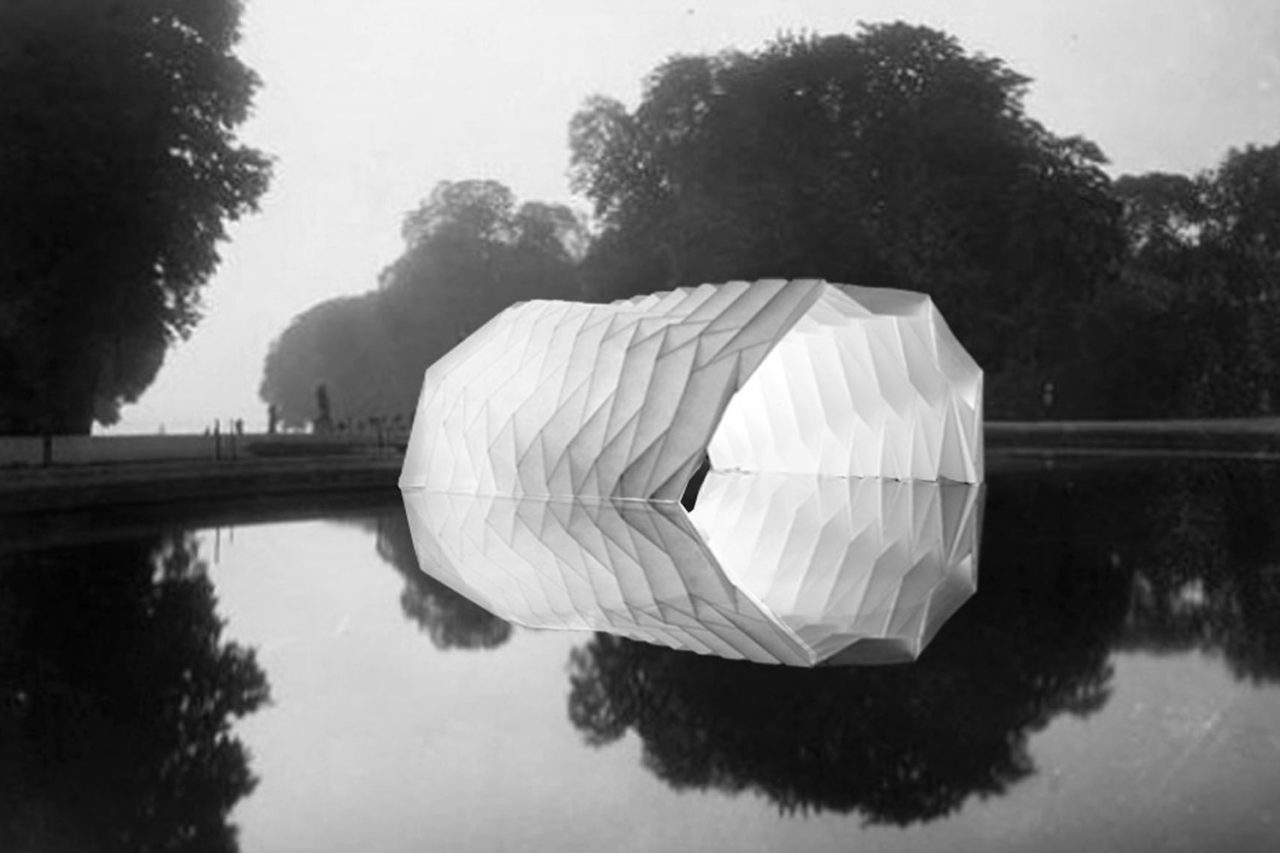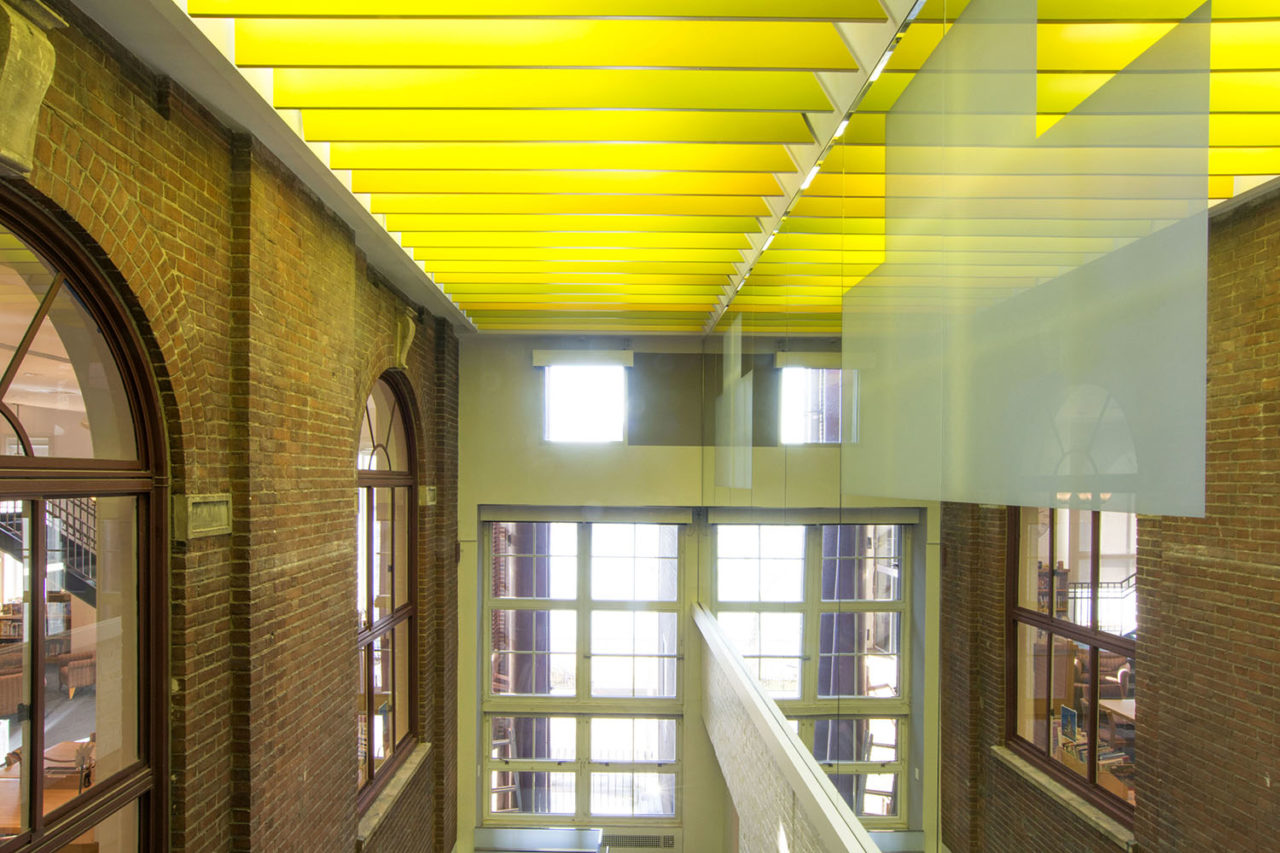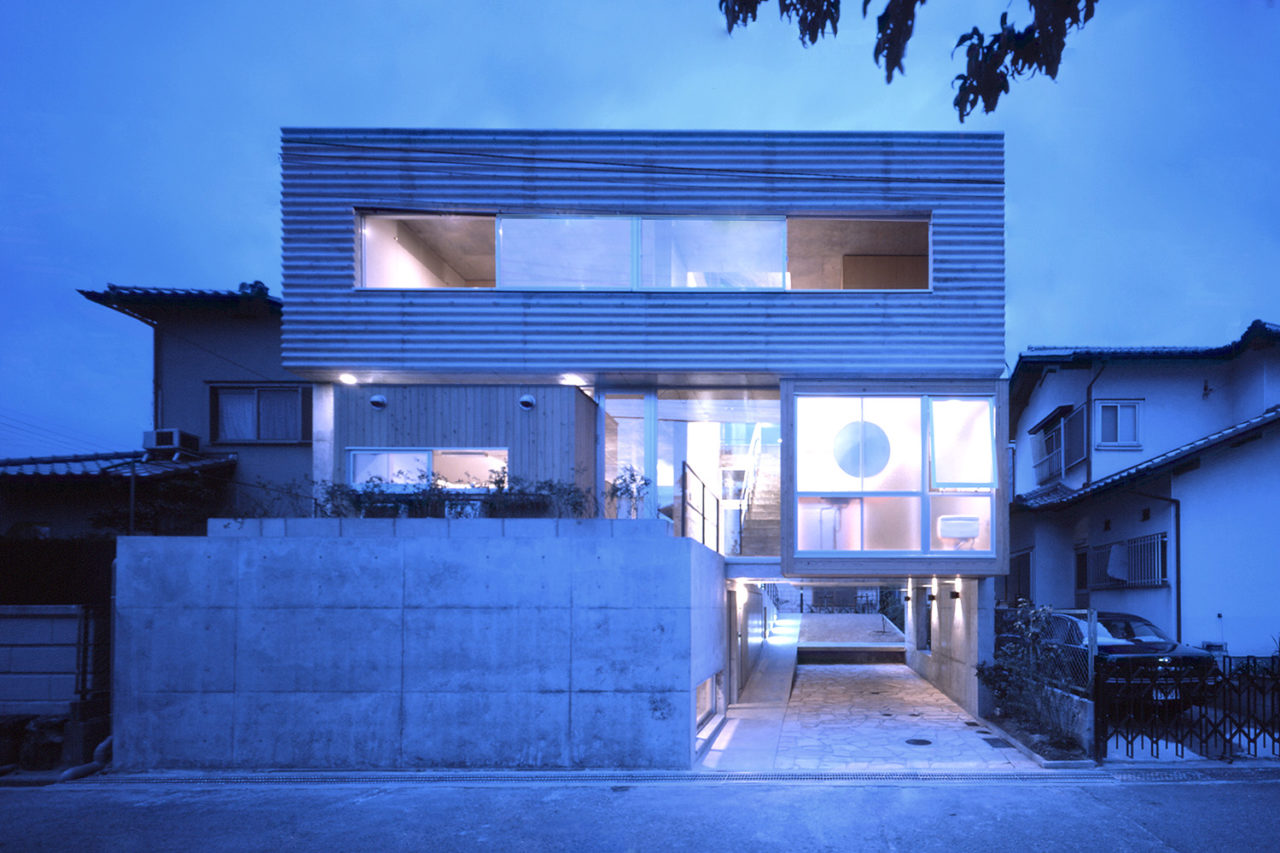by: AIA New York
Sandra McKee, FAIA, pursues the architect’s potential to create a better built environment with a practical, hands-on approach. She brings positive change by leading, encouraging, and motivating her community to contribute in shaping their city. In 2005, McKee and her partner founded Yoshihara McKee Architects, which maintains offices in both Tokyo and New York. Prior to starting the firm, McKee was a project director at Rafael Viñoly Architects when she relocated to Japan for four years to work on the Tokyo International Forum. She has been an adjunct professor at City College, Fordham University, and Columbia University. McKee is an active bicycling advocate and is a member of Manhattan Community Board 6, where she serves as chair of the Transportation Committee. She is also an Advisory Board Member at d3 where she often serves as a jury member and organized the Close the Gap competition, an ideas competition to complete the East River Greenway.
The Jury of Fellows of the AIA elevated McKee to the College of Fellows in the fifth category of Fellowship, which recognizes architects who have made efforts “To make the profession of ever-increasing service to society,” according to the organization’s definition. McKee was recognized at the New Fellows Reception hosted by AIA New York and at an investiture ceremony at the AIA Conference on Architecture.
Q: What is influencing your work the most right now?
A: Something that has been a long-time influence and continues to be an influence is the incorporation of origami into architecture. It is real folding structure, not like stealth jet fighter made of many surfaces. The Origami Pavilion is one example of the studies we have been doing.
Q: What has been particularly challenging in your recent work?
A: We had the opportunity to create a folded stair and finding and working with a local contractor/craftsman who can inexpensively create unusual and interesting forms has been challenging but very rewarding when you find that person who works with you to create something beautiful and meticulously crafted. Once origami becomes architecture, with thickness and gravity it is totally different story.
Q: What are some of your favorite recent projects that you’ve worked on?
A: We recently completed a renovation project at the Town School, which transformed the Upper School and added a central focal point to a complex composition of buildings. A skylight was added above the central stair, flooded the space with light, reflections, and color. The use of mirrors and translucent glass created a space that is not easy to define and highlighted the views to the East River.
Q: What do you see as an architect’s role—and responsibility—within our culture?
A: One of the roles that I have tried to fill is sharing the expertise and education that we as architects have received to work within the community. I am a member of my Manhattan community board where we are trying to develop the eastside waterfront, a neglected part of the city that is currently home to parking garages, and the FDR highway. It has such potential for continuous public open space, but it is totally underdeveloped. It needs the tenacious determination of the design profession to analyze and surmount the many obstacles. I know the architect’s role sounds like a cliché, but I very seriously believe we can improve the world.
Q: What are your greatest sources of inspiration?
A: Landscape and gardens and the union/fusion of them into our built form. I am a great garden lover. I want to integrate architecture and landscape in different, more intense and unexpected ways than the modernists tried to achieve. I believe it will open new concepts of architecture (and landscape architecture). Our studies are just taking shape now. It is one way to honor our environment and look to natural solutions to building.
Editors’ Note: This feature is part of a series celebrating the members of the American Institute of Architects (AIA) New York Chapter who are elevated each year to the AIA College of Fellows, an honor awarded to members who have made significant contributions to both the profession and society. Learn more about Fellowship here.












